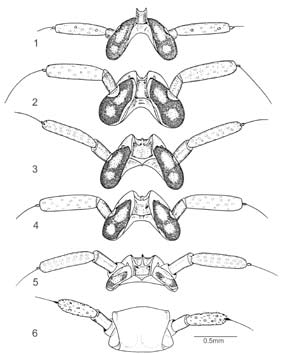Pattern and Process: Evolution of Troglomorphy in the Cave-Planthoppers of Australia and Hawai’i ‒ Preliminary Observations (Insecta: Hemiptera: Fulgoromorpha: Cixiidae)
DOI:
https://doi.org/10.3986/ac.v36i1.222Povzetek
The evolution of troglobites comprises three distinct problems: cave colonization by an epigean ancestor, the evolution of troglomorphies, and intra-cave speciation. The study of cave-dwelling planthoppers has contributed much to our understanding of troglobite evolution and provides useful model systems to test various aspects of the theoretic framework developed in recent years. Most promising in this respect are taxa with several closely related but independently evolved troglobiontic lineages, such as on the Canary Islands, in Queensland/Australia and on the Hawaiian Archipelago. Closely related species often occur in caves with comparable ecological parameters yet differ in their age. Here we use comparative age estimates for Australian and Hawaiian cave cixiids to assess the dynamics of reductive evolutionary trends (evolution of troglomorphy) in these taxa and cave planthoppers in general. We show that the degree of troglomorphy is not correlated with the age of cave lineages. Morphological alteration may not be used to draw conclusions about the phylogenetic age of cave organisms, and hypotheses based on such assumptions should be tested in light of these findings.
Prenosi

Prenosi
Objavljeno
Kako citirati
Številka
Rubrike
Licenca
Avtorji jamčijo, da je delo njihova avtorska stvaritev, da v njem niso kršene avtorske pravice tretjih oseb ali kake druge pravice. V primeru zahtevkov tretjih oseb se avtorji zavezujejo, da bodo varovali interese založnika ter da bodo povrnili morebitno škodo.
Podrobneje v rubriki: Prispevki




